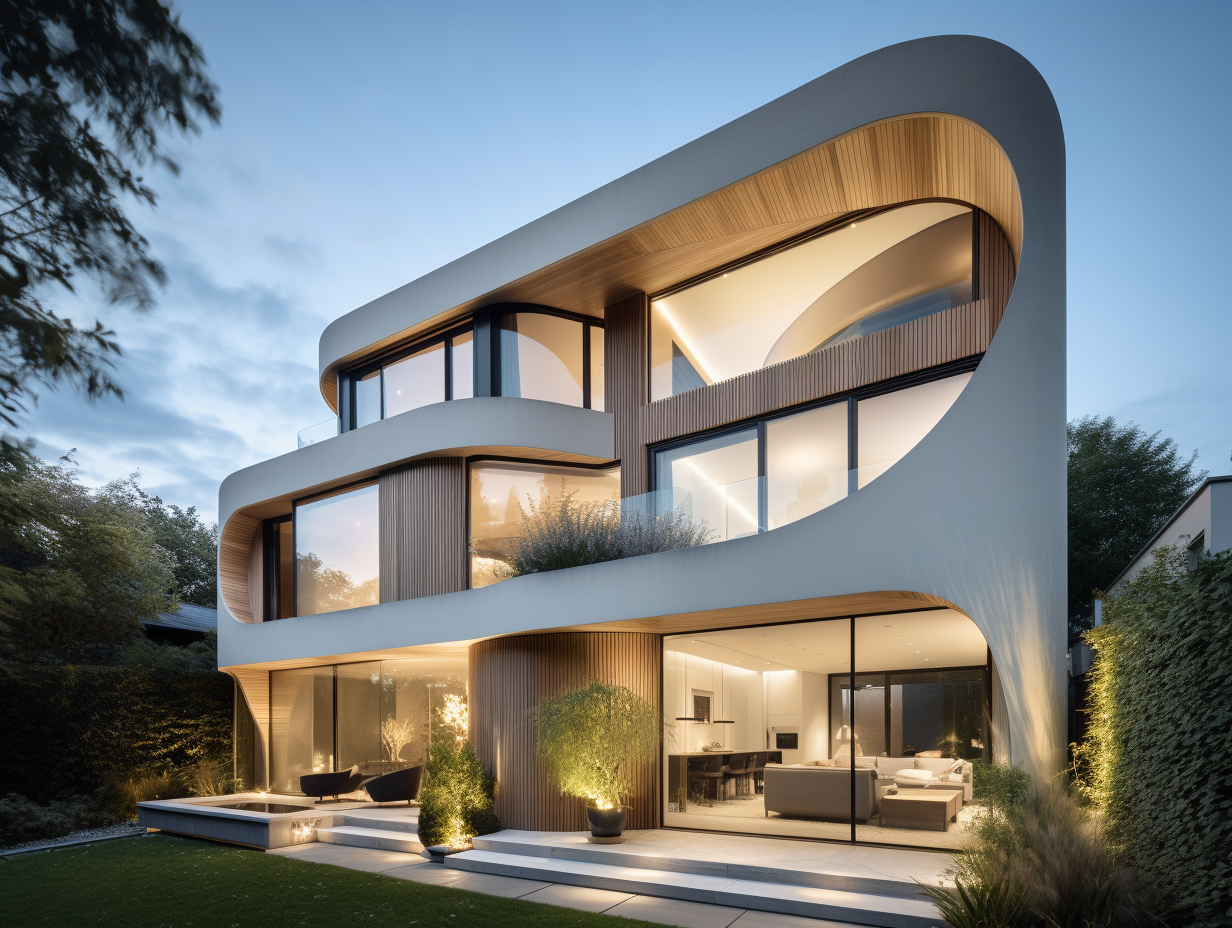The Essential Function of an Engineer fit Sustainable Urban Environments for Future Generations
The role of an architect in crafting lasting urban settings is progressively critical in reacting to the challenges of climate adjustment and urbanization. By flawlessly incorporating environmental concepts into their styles, engineers not just enhance the visual and practical quality of city rooms but also address pushing problems such as power efficiency and social equity.
Understanding Sustainable Urban Design
Lasting urban layout incorporates eco-friendly principles with urban planning to develop atmospheres that are not just habitable but likewise resistant. This strategy stresses the relevance of incorporating natural systems into the metropolitan material, making certain that advancement meets the needs of the here and now without endangering the ability of future generations to meet their very own demands. Trick aspects of sustainable urban layout consist of effective land use, the promotion of biodiversity, and the integration of environment-friendly spaces, all of which add to boosted lifestyle for homeowners.
In addition, sustainable metropolitan style prioritizes the reduction of the metropolitan heat island result, enhanced air quality, and efficient stormwater administration. It urges making use of sustainable resources and energy-efficient building methods, which considerably lower carbon impacts. Additionally, sustainable city design cultivates social equity by creating obtainable public spaces and promoting mixed-use advancements that cater to diverse populaces.
With thoughtful preparation and ingenious design techniques, sustainable urban settings can improve area resilience versus environment modification while cultivating economic growth. This holistic method not only addresses immediate city challenges but also lays the groundwork for healthier, more sustainable cities for generations to come.
Trick Duties of Engineers
Engineers play a pivotal duty fit sustainable urban settings by converting style concepts right into concrete structures and areas. Their obligations include a wide variety of tasks that contribute to the total success of city layout jobs.
Firstly, architects conduct detailed website analyses to recognize the ecological, social, and social context of their tasks. This fundamental knowledge educates their design decisions, making certain that structures balance with their surroundings. They also participate in joint processes with stakeholders, including city coordinators, engineers, and the community, fostering an inclusive strategy to metropolitan advancement.
Additionally, engineers are tasked with producing designs that maximize power efficiency, resource preservation, and performance. They need to comply with local zoning laws, developing codes, and sustainability qualifications, guaranteeing conformity while pressing the borders of advancement.
Moreover, engineers are in charge of taking care of the layout procedure, coordinating with numerous experts throughout the building and construction stage to make sure that the vision is recognized accurately (cda architects). Eventually, their role is not entirely regarding visual appeals; it has to do with developing durable, flexible areas that boost the lifestyle for existing and future generations, laying the foundation for lasting city living
Ingenious Materials and Techniques

Additionally, developments in innovation have actually brought about the development of high-performance products, such as protected concrete types (ICFs) look at this web-site and solar glass, which add to power preservation and harness renewable resource. Techniques such as passive solar style and green roofs further exemplify just how design can harmonize with natural systems, lowering dependence on man-made home heating and air conditioning.
In addition, the integration of wise materials, which adjust to ecological adjustments, supplies encouraging opportunities for boosting structure efficiency. These materials can reply to temperature fluctuations or moisture degrees, enhancing convenience and sustainability.
Eventually, the calculated choice and application of innovative materials and strategies empower designers to produce city spaces that are not just practical and visually pleasing yet also resistant and environmentally accountable, guaranteeing a sustainable future for generations to come. cda architects.
Area Interaction and Cooperation
The success of ingenious products and techniques in sustainable urban design is substantially improved by active neighborhood interaction and cooperation. Architects need to acknowledge that the constructed setting greatly affects the lives of local residents, making it crucial to involve them in the design procedure. Engaging the neighborhood promotes a feeling of ownership and responsibility, ensuring that advancements not only satisfy aesthetic and practical requirements but also mirror the worths and aspirations of those that populate them.

Successful community involvement additionally helps in focusing on social equity within city advancement. By considering the voices of marginalized populations, architects can create rooms that are inclusive and equitable. This way, area engagement and collaboration become essential to attaining absolutely sustainable site city atmospheres that serve the needs of existing and future generations.
Future Fads in Sustainable Architecture
An arising concentrate on adaptive reuse and round economic situation concepts is set to redefine the landscape of lasting style. As cities face increasing populace thickness and ecological obstacles, designers are progressively turning to strategies that optimize existing frameworks instead than seeking brand-new builds. This technique not just protects cultural heritage yet additionally dramatically reduces resource intake and waste.
Additionally, improvements in modern technology are forming future patterns in sustainable style. The combination of wise materials and structure systems enables real-time energy management, improving performance and decreasing carbon footprints. Developments such as environment-friendly roofings, living walls, and energy-generating facades are becoming typical methods, better advertising environmental equilibrium within metropolitan environments.
Additionally, a shift in the direction of biophilic style is obtaining traction, emphasizing the link between nature and human health. By integrating natural aspects, architects produce areas that cultivate psychological health Visit This Link and wellness while promoting biodiversity.
Final Thought
To conclude, engineers are crucial in advancing sustainable metropolitan environments via their proficiency in design, ingenious materials, and community interaction. By focusing on energy effectiveness and source conservation, these experts contribute to the production of resilient metropolitan rooms that meet the needs of present and future generations. The combination of environmental principles not just enhances livability yet likewise fosters social equity, making sure advancements resonate with the values and aspirations of the neighborhoods they serve.
Comments on “How CDA Architects Combine Creative Thinking and Capability in Modern Design”